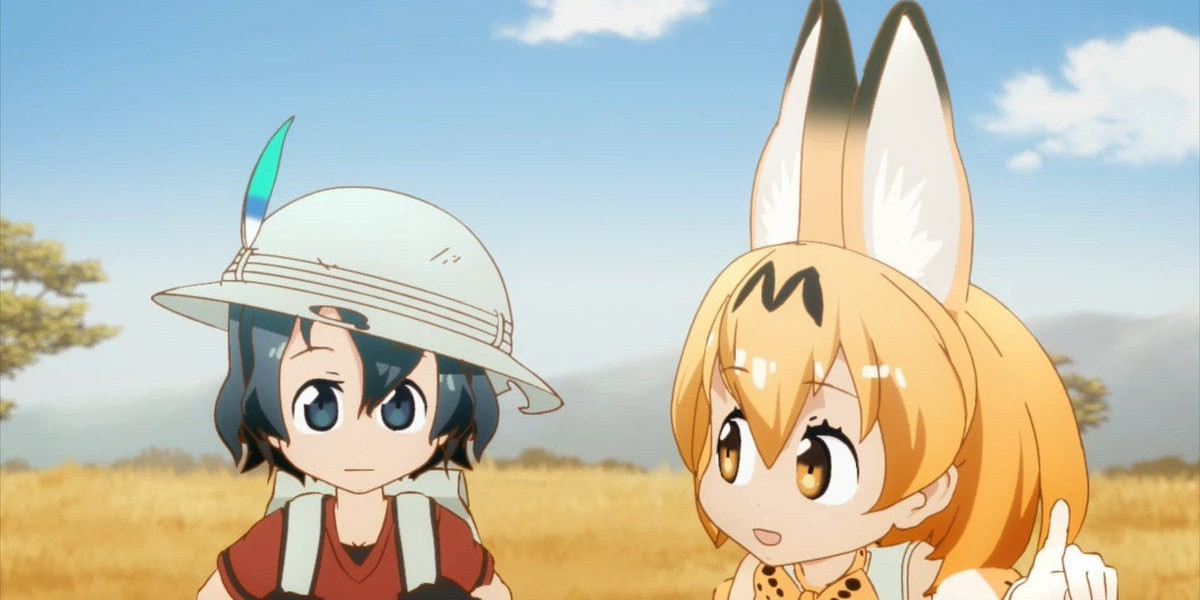In the digital age, the rise of online content platforms has enabled artists to share their creations and make a living through subscriptions. Patreon, Pixiv Fanbox, and Fantia are just a few examples of platforms where creators share exclusive content with paying subscribers. However, a website called Kemono Party has become a controversial name within the online art community, primarily due to its role in distributing pirated content. In this article, we’ll explore what Kemono Party is, its implications for creators, and the broader debate over content piracy in the digital art world.
What Is Kemono Party?
Kemono Party is a piracy website that collects and distributes paywalled content from platforms like Patreon, Pixiv Fanbox, and Fantia for free. The term "kemono" refers to a popular art style featuring anthropomorphic animals, though the website itself is not specifically dedicated to this genre. Despite its name, Kemono Party has grown to represent a hub for unauthorized redistribution of exclusive content, typically digital art, comics, and other creations that creators offer to paying subscribers.
The website’s primary function is to allow users to bypass paywalls, enabling them to access content that would normally be available only to individuals who have financially supported creators. The result is that content, whether it be illustrations, comics, or even animations, is made available to anyone who visits the site—for free, without any compensation for the artist who created it.
How Does Kemono Party Work?
Kemono Party’s mechanics are straightforward:
- Subscribers Upload Content: Users who have subscribed to an artist on platforms like Patreon download their exclusive content.
- Content Distribution: The subscriber then uploads the content to Kemono Party or shares it via the platform’s interface.
- Free Access for All: Once uploaded, the content is freely accessible to anyone who visits the website, eliminating the need for a paid subscription.
- Searchable Database: The content is organized and categorized by creator, making it easy for users to find specific works they are interested in.
This model enables users to enjoy the work of their favorite creators without ever paying for it, which directly undermines the subscription-based business models that support many independent artists.
Why Is Kemono Party Controversial?
Kemono Party’s existence has caused significant controversy in the creative community, especially among artists who rely on subscription services to fund their work. The website has garnered criticism for several key reasons:
1. Violation of Copyright and Intellectual Property Rights
By sharing content without the creator’s permission, Kemono Party engages in copyright infringement. Creators offer exclusive works on platforms like Patreon under the assumption that their content is protected and that they will be compensated for its distribution. Kemono Party undermines this protection by redistributing this content freely, effectively violating intellectual property rights.
2. Loss of Income for Creators
Many creators rely on platforms like Patreon and Pixiv to earn a living. By pirating their content, Kemono Party undermines their ability to earn income from subscribers. When content is made available for free, people are less likely to pay for it, which disrupts the sustainable livelihood of artists who depend on their supporters’ financial contributions.
3. Undermining the Creator-Subscriber Relationship
Subscription services rely on the exclusivity of content to build trust and maintain relationships between creators and their supporters. When pirated copies of that content appear on sites like Kemono Party, it breaches that trust. Subscribers who pay for exclusive access feel betrayed when they find out that the content they supported has been made available for free, which can discourage future contributions.
4. Difficulty of Content Removal
One of the most significant challenges for creators is the difficulty in removing pirated content from Kemono Party. The website often uses anonymous servers or proxy hosting, making it difficult for artists to issue takedown notices or take legal action. This lack of accountability allows pirated content to remain online indefinitely, even after creators attempt to protect their intellectual property.
The Impact on the Digital Art Community
While Kemono Party primarily functions as a piracy platform, its ripple effects extend beyond just the creators whose work is stolen. It can have far-reaching consequences for the entire art community:
1. Discouragement for New Creators
When up-and-coming artists see their work pirated and distributed without compensation, it can be incredibly disheartening. For many independent creators, Patreon and similar platforms are their primary sources of income. Seeing their work stolen without recourse can discourage new artists from continuing their craft or sharing their work online, fearing they will not be compensated for their time and effort.
2. Financial Impact on Artists
Independent creators are often part of a gig economy, where they rely on direct financial support from fans to sustain their creative endeavors. Piracy sites like Kemono Party strip away the financial incentive for creators to continue producing work, especially for niche genres like digital art or anime-inspired content.
3. Ethical Issues in the Fandom
Within the kemono fandom (which centers around anthropomorphic characters), many fans and creators strongly oppose piracy. The values of ethical support, fair compensation, and respect for creators are integral to this community. Piracy platforms like Kemono Party undermine these values by encouraging the free sharing of content without consent, which goes against the principles of supporting artists in a fair and ethical way.
Legal and Ethical Implications
From a legal perspective, Kemono Party is a clear violation of copyright laws in many jurisdictions. Content creators have the right to control the distribution of their work and receive compensation for its use. By facilitating the unauthorized distribution of this content, the website is engaging in illegal activity. However, because Kemono Party operates with anonymous hosting and uses methods to conceal its identity, it is difficult for creators to take legal action against the platform.
From an ethical standpoint, pirating content is a direct violation of creator rights and undermines the value of creative work. Artists dedicate significant time, effort, and skill to producing their art, and when that work is stolen, it discourages the continued production of new content. The ethical choice is to support creators by subscribing to their channels, purchasing their work, or commissioning art directly.
How Can Fans Support Artists Ethically?
If you enjoy digital art or kemono-style content, there are several ethical ways to support creators:
- Subscribe to their Patreon or Fanbox: By directly supporting a creator, you ensure they receive compensation for their work.
- Commission Custom Art: Many creators offer commission services, allowing you to get personalized content while directly contributing to their income.
- Buy Art Prints and Merchandise: Purchasing physical or digital items, such as prints or digital wallpapers, helps artists earn money while getting something in return.
- Promote Creators: Share your favorite creator’s work (with proper credit) to help them grow their audience and attract new supporters.
Conclusion
While Kemono Party may provide free access to exclusive content, it operates at the expense of artists’ intellectual property and livelihoods. Piracy websites like this undermine the creative economy and discourage independent creators from sharing their work online.
If you value the work of independent artists, the best way to show support is by engaging in ethical practices—subscribing to their platforms, buying their work, and promoting them responsibly. This ensures that artists are fairly compensated for their time and creativity, allowing them to continue making the art you love.










